Tesla plans to build a factory in India, Trump says this is unfair to the United States
 AshleyFeb 21, 2025, 02:23 PM
AshleyFeb 21, 2025, 02:23 PM
[PCauto] In a recent media interview, Donald Trump stated that should Tesla establish a manufacturing facility in India to circumvent the country’s high tariffs, it would be “unfair, very unfair” to the United States. His comment reflects concerns over India’s tariff policies and Tesla’s broader globalization strategy.
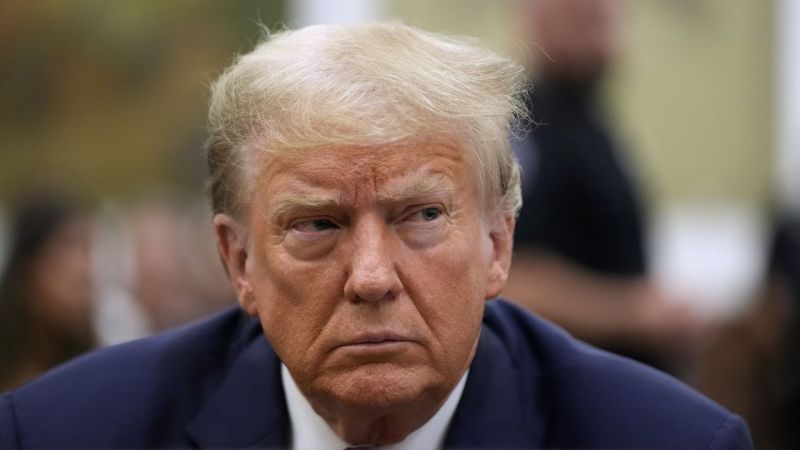
Just a week earlier, during Prime Minister Narendra Modi’s visit to the U.S., Trump lambasted India for enforcing tariffs as high as 100% on imported vehicles, asserting that such measures render it “nearly impossible to sell cars in India.” Nonetheless, both sides agreed to advance trade negotiations in an effort to resolve the tariff impasse. Notably, during a meeting on 14 February 2025, it is believed that Elon Musk and Modi discussed Tesla’s potential entry into the Indian market.
In March 2024, the Indian government unveiled a policy that reduces the import tariff to 15% for any automobile company that commits to investing at least $500 million in building a local manufacturing facility. Tesla has already earmarked sites in New Delhi and Mumbai for showrooms and has even released recruitment postings, although production has yet to commence. Trump contends that Tesla’s strategy will disadvantage American interests and could prompt his proposed “reciprocal tariff” policy—which would impose an equivalent rate on imported vehicles from countries that tax U.S. goods—thus intensifying global trade tensions.
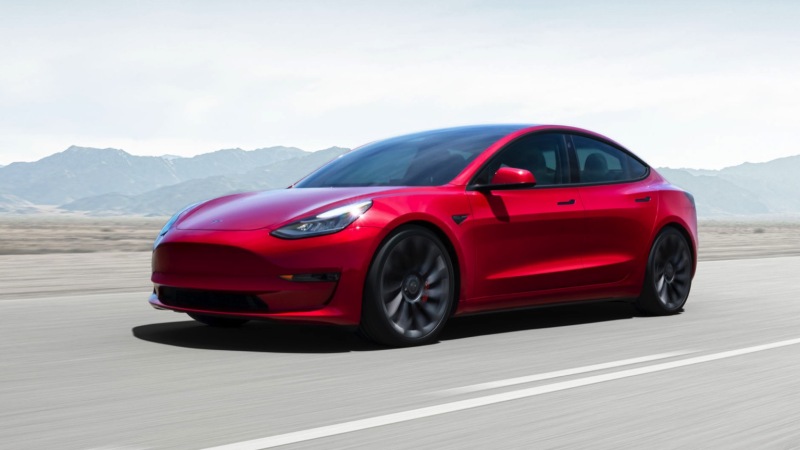
What motivates Musk to pursue the Indian market despite Trump’s criticisms? India ranks as the world’s third-largest automotive market, yet its electric vehicle penetration rate remains modest at approximately 5.59% as of 2024. With the government targeting a 30% market share for electric vehicles by 2030, the opportunity for growth is substantial. By introducing a policy that lowers tariffs to attract foreign investment in local manufacturing, India offers Tesla a notable cost advantage: a potential reduction of import duties from 100% to 15%, thereby enabling a more cost-effective market entry.
Furthermore, Tesla’s competitors—such as BYD and MG—have already secured positions in India’s burgeoning new energy sector, and Tesla risks missing a pivotal growth opportunity if it remains on the sidelines. In addition, Musk envisions integrating SpaceX’s Starlink services in India, potentially generating synergistic benefits across multiple sectors.
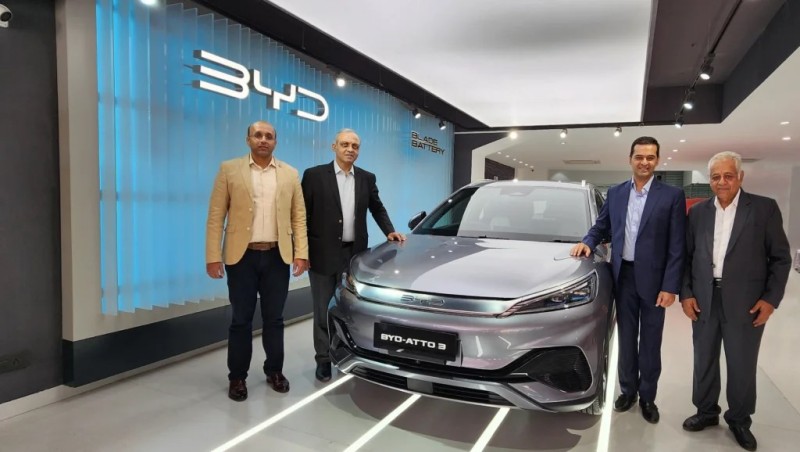
Conversely, Trump has long championed the protection of domestic industries, arguing that punitive tariff policies enable other nations to benefit at the expense of the U.S. He maintains that India’s high tariffs severely impede American automakers from penetrating its market, and if Tesla shifts production to India to sidestep these tariffs, it could undermine the competitive edge of U.S. manufacturing.
Trump’s plan to impose equal tariffs on any country that taxes American goods—for example, instituting a 25% tariff on imported vehicles—means that if Tesla builds a factory in India, it might be seen as “evading American interests,” thereby risking damage to his policy credibility.
Moreover, Trump’s remarks might serve as a means to pressure India into lowering its tariffs. However, the allure of the Indian market for Tesla far outweighs the drawbacks of a short-term trade dispute, and the conflict between the two sides may endure over the long term. Additionally, his tariff policies could spark a multi-front trade war involving both allies and adversaries, heightening global economic uncertainty.
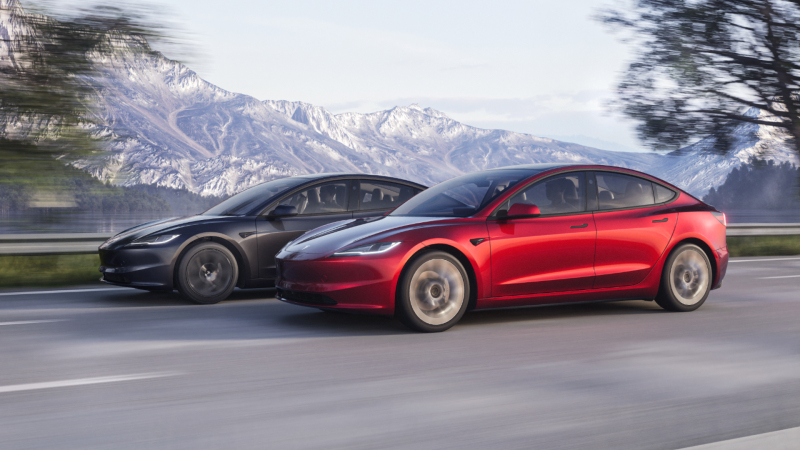
Tesla’s foray into India represents both a natural strategy for market expansion and a pragmatic response to existing trade barriers, while Trump’s “unfair” criticism underscores the clash between his protectionist logic and the demands of globalized commerce. This contest not only affects U.S.-India trade relations but also highlights the delicate balance multinational companies must achieve between localization and globalization. Ultimately, Tesla’s successful establishment in India will largely depend on the outcome of U.S.-India negotiations and Musk’s ability to navigate a complex array of risks.
If any infringement occurs, please contact us for deletion
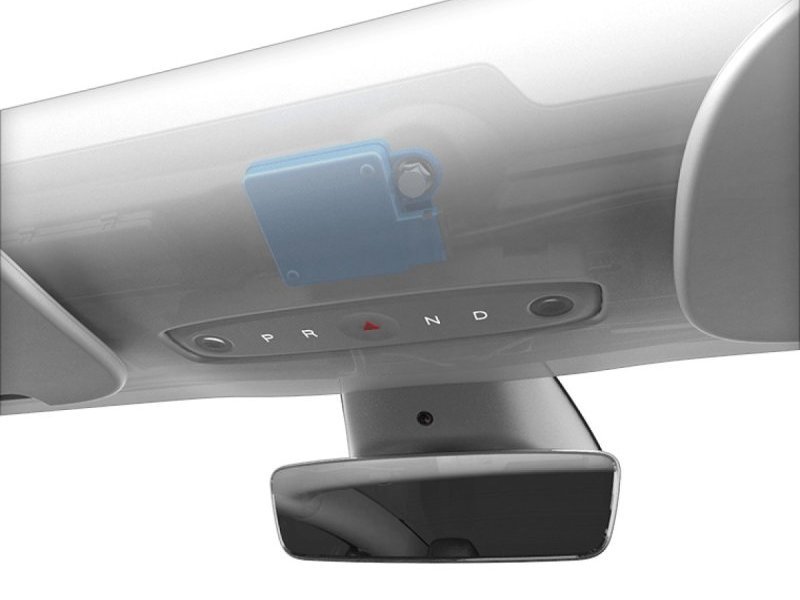
Tesla pushes 2025.2.6 update in North America, activating the hidden millimeter-wave radar in Model Y
[PCauto] In February 2025, Tesla rolled out the 2025.2.6 software update for 2022 and subsequent Model Y models in North America.The highlight of this update is the activation of the hidden millimeter-wave radar hardware in the Model Y cockpit. This AWR6843 chip supplied by Texas Instruments, has three transmitting antennas and four receiving antennas, operating on a frequency band between 60-64 GHz, with a horizontal field of view of 120 degrees and a vertical field of view of 60 degrees.Once a
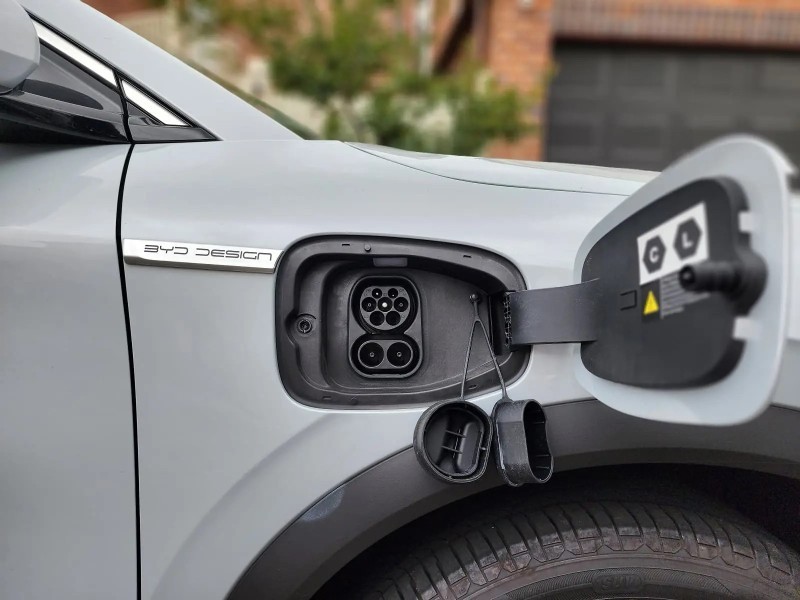
BYD Plans to Promote 1000V High Voltage Super Charging Stations and Its Models on a Large Scale
【PCauto】Recently, the news that BYD plans to massively implement a 1000V high-voltage supercharging platform has attracted widespread attention. It is reported that this platform will be launched in the middle of March this year and supports super-fast charging above 5C. After its release, it will quickly be popularized to its own models and large-scale construction of 1000V supercharging stations.This move will undoubtedly set off a wave in the new energy vehicle market. Let's delve into the te
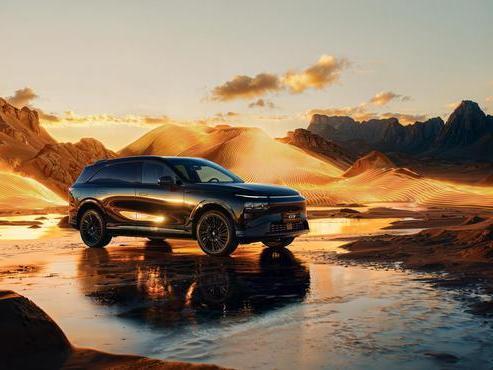
XPENG G9 is about to be launched in China, bringing 66 upgrades in features
【PCauto】XPENG has recently announced that the 2025 XPENG G9 will soon be launched in China. Although the official did not announce the time and price, the success of XPENG G6 and X9 has rekindled expectations for the once-failed G9 by XPENG. In terms of appearance, the G9 continues the X-BOT FACE 3.0 design language, with a closed grill at the front paired with split-style headlights on both sides, new two-tone collision colors and all-black body styles, with a petal-style wheel hub. Combining
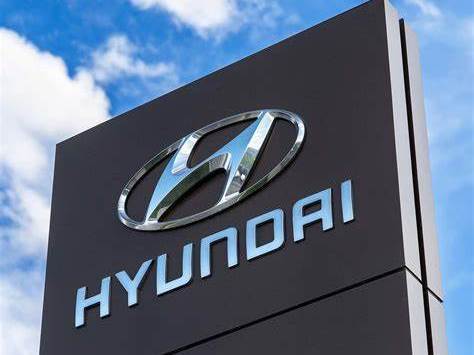
Hyundai is to launch an all-solid-state EV battery production line, but who's leading?
【PCauto】News reveals that Hyundai will launch an all-solid-state EV battery production line next month, with a ceremony to be held at the next-generation battery research center in Uiwang, South Korea.This production line will serve as a pilot production for the all-solid-state 'Dream' EV battery. In 2023, Hyundai proposed plans to become a leader in the electric vehicle battery field, investing over $9 billion in the battery sector within 10 years, including Lithium Iron Phosphate (LFP) and Lit
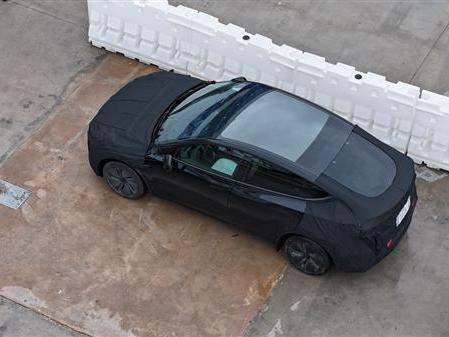
Tesla's Texas factory was caught testing vehicles, suspected to be Model Q
【PCauto】Recently, a blogger captured a disguised Tesla test vehicle while filming a drone over Tesla's Texas super factory. This discovery has sparked widespread speculation, as the new Model Y has been openly pre-ordered and there is no need to disguise, so it is speculated that this car may be the cheapest model Model 2 or Model Q (internal code name Project Redwood) that Tesla plans to launch.Speaking of this mysterious Model Q, Musk has already revealed that it will be a "smaller" version of
Popular Cars
Car Compare

